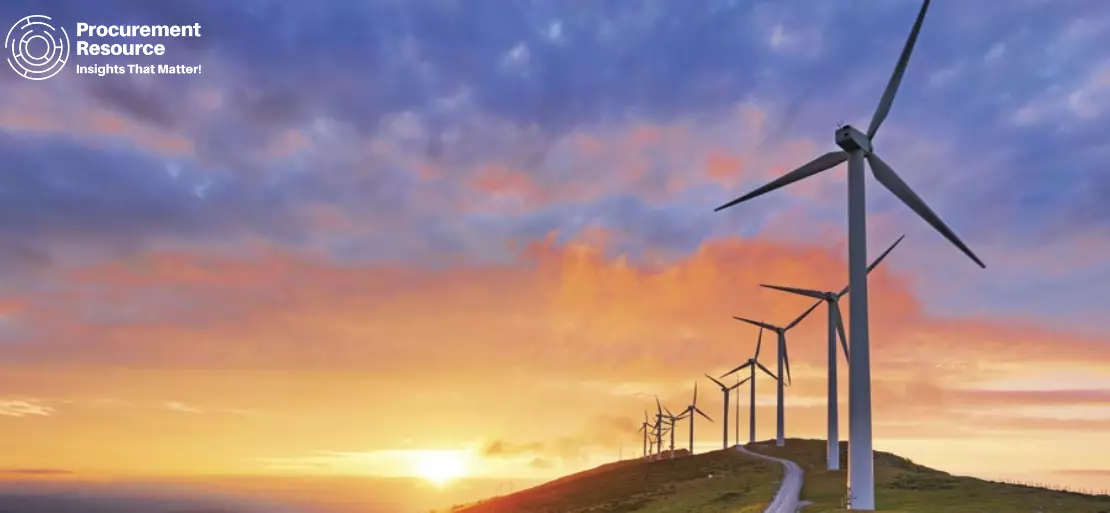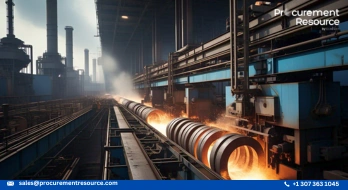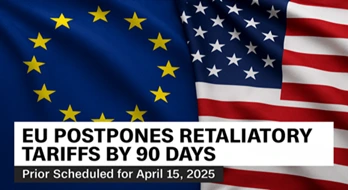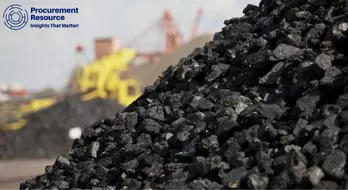EU Prices for Bulk Alloys Continue to Decline Amidst Low Demand from Steel Industry

European bulk alloy prices have been continuously falling since May 2020, due to the steel industry 's low spot demand, following lockdowns in key producing countries disrupting the supply. The demand for bulk alloys in the steel industry is not expected to recover until the fourth quarter of 2020 or early 2021, with many market participants anticipating no substantial improvement owing to lockdown and halted operations in steel-consuming sectors.
In May, prices for high carbon ferromanganese reached a three-month low of €940-980/t ($1,065-1,110/t) ddp, registering a fall of 8%, and the prices have been steadily falling since then, finally dropping to €940-970/t in June. The prices for ferrosilicon have been depicting a similar trend as they plummeted to €895-935/t ddp in June from €1,050-1,130/t ddp at the start of May, which is their lowest since November 2019.
Meanwhile, silico-manganese prices reached €940-975/t ddp in June, down from €990-1,070/t at the beginning of May. It has been estimated that the global demand for steel will reduce by 6.4% in 2020, while steel consumption in developed economies is expected to fall by 17.1% amidst the pandemic.
The EU steel industry has witnessed far more dramatic falls in steel production and consumption with the outbreak of the pandemic, which was further followed by the mass shutdown. In the EU, steel production attained a value of 10.7mn t in April 2020, registering a fall of 22.9% in comparison to April 2019.
It is anticipated that the decline in May could be even larger as the steel industry in the region is operating at much lower utilisation rates than its actual capacity amidst the stringent government regulations to control the spread of COVID-19. It is observed that these rates are even lower than those recorded during the financial crisis of 2008-09. Moreover, owing to weak demand from consumers and threats from fragile economies looming large, it would be difficult for the steel sector to rebound before the first quarter of 2021.
The European steel sector was already in shackles since the last year. According to estimates, the steel consumption in the region slumped by 5.3% in 2019, while the domestic steel deliveries in the region plummeted in all four quarters of 2019, falling by 2.8% and 4% in the third and fourth quarter, respectively.
The automotive sector in the region also took a blow because of the global pandemic. The sector is the second-largest downstream consumer of steel, and its stagnant growth has impacted the steel industry as well. In the region, the operations of most large carmakers remained shut during the month of April-May, with production losses standing at almost 2.44mn vehicles between the start of lockdown and 1 June.
In April, the registrations for new passenger cars dropped by 76.8%. Moreover, the demand for new cars is expected to remain very weak until the instability of the macroeconomic picture and precarious situation of the consumers with stagnant disposable income in the region.
Amidst all these, the use of steel in the construction sector represents a more mixed picture. As some of the nations in the EU are exempting the construction sector from lockdowns, the civil engineering projects are anticipated to drive the demand for steel in the coming months with government stimulus packages coming in effect. Although, residential construction has been severely affected due to the pandemic.
The prices of these alloys have also been affected due to its continued export from international suppliers. Some global suppliers continued to export ferrosilicon amidst lockdowns in Europe, which has significantly contributed to the steep decline in prices. According to estimates and trade data, while Norway exported 19,538t of ferrosilicon in April 2020, up from 18,177t in April last year, Iceland also increased its exports to 6,748t from 5,205t to EU countries over the same period.
Meanwhile, ferromanganese exports have been disrupted with South Africa's lockdown and shipments getting reduced to 6,632t in March from 15,169t in February, with the numbers getting even lower for April. Although the period witnessed the lower exports from the major international suppliers, ferromanganese prices continued to decline, showing a tangible reduction in demand over the past few months.
It is observed that while European ferro-alloy manufacturers have made some adjustments, other market participants are demanding further output cuts to rebalance the situation and improve the market condition.
For instance, Eramet, a France based company, lowered its domestic operations to almost 65% of capacity in March, while Madrid-based Ferroglobe, which is Europe's largest ferro-alloys producer, announced a significant reduction in its first-quarter sales but the company has not made any production cuts since the end of 2019.



